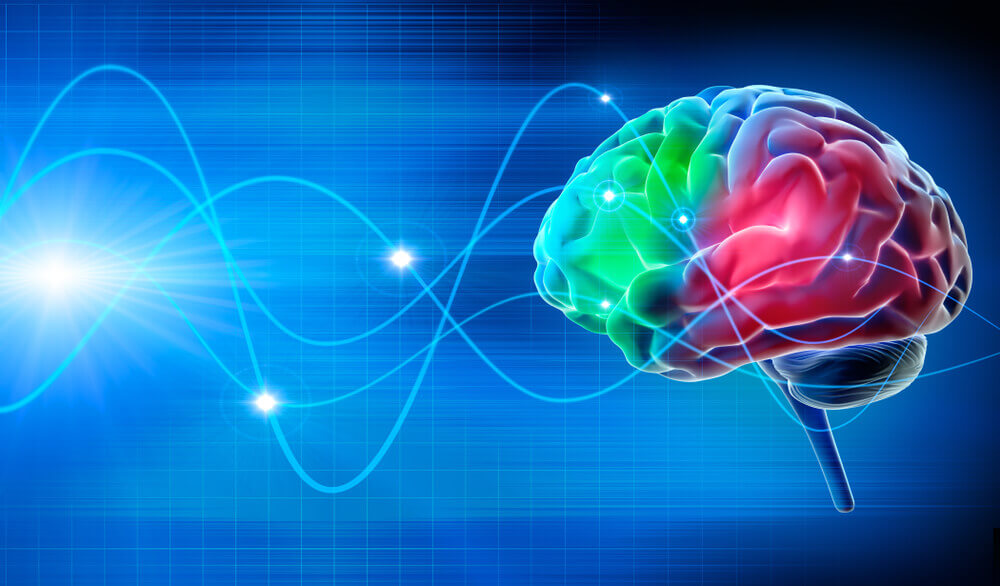Mental toughness has a strong correlation with athletic performance. However, not everyone can “turn off” internal dialogue or negative thoughts.
IJGA student-athletes had the opportunity to learn from one of the world’s leading experts on neuroscience and performance to improve their mental game.
We partnered with Dr. Izzy Justice, a neuroscientist specializing in brain function and athletic performance, to learn more about our mental game and to help students become more self-aware and resilient athletes.
It Is Not Just About Physical Strength
Dr. Justice challenged our golfers with a critical opening question: “How can we become mentally stronger and quickly recover from bad shots?”
Related Post: Golf Tips: Bridging the Gap
Dr. Justice takes complex problems and provides simple solutions that every student can practice daily to master their emotions and get into a flow state.
For our athletes to better understand what activity happens in our heads, Dr. Justice used an EGG device and proprietary software to capture brain waves.
With what he called the “Trackman of the Brain,” Dr.Justice attached the device to an IJGA student, and the class observed the student’s brain activity during neutral states, multiple activities, and in a meditative state.
The difference was drastic, with far more “traffic,” or brain activity, as tasks became more challenging.
Increased Mental Traffic Decreases Golfer Focus
When we play golf, there is a lot of traffic in the brain, which significantly inhibits performance, but it is impossible to know what our brain waves look like from one moment to the next.
For this reason, Dr. Justice created a simple “red, yellow, green” system to quickly identify when we might be in high, medium, and low-frequency brain activity. When in “red,” we can only operate at 5% of our brain’s capability.
This means high brain waves inhibit our ability to hit consistently good shots. If golfers can identify when our brain waves are “red,” we can adjust to get back to yellow and, ultimately, to green.
When the student using the Trackman of the Brain engaged in a calming exercise such as deep breathing, his brain waves instantly changed to a lower frequency, alpha/theta waves.
Dr. Justice informed the class that in a relaxed state, brainpower operates at 80% of capacity in this relaxed state.
Emotional Control Is Our End Game
After observing the brain waves change so quickly, it was clear that by incorporating the right strategies and exercises regularly, golfers can control “emotional temperature.”
This level of control is a paradigm shift in that we are not using positive thinking or mental gimmicks to talk ourselves into being calm, focused, relaxed, and present.
Using science, we aim to keep our brain frequency low to think clearly and be our best. This simple approach relieves the athlete of the psychological blame for poor performance.
Related Post: Developing Your Mental Golf Game
We know that golf is primarily mental, and nothing changes in a round except what happens in your head.
Using these tools to stay green can help golfers stay focused and minimize the internal dialogue many junior golfers experience.
IJGA Cares About The Mental Toughness Of Our Golfers
This study is the first of several sessions Dr. Justice conducted at IJGA, and we were privileged to have the incredible opportunity to learn from him.
For more information about our programs and all the benefits IJGA offers, contact us online or call 1-855-378-8177 for more details.



